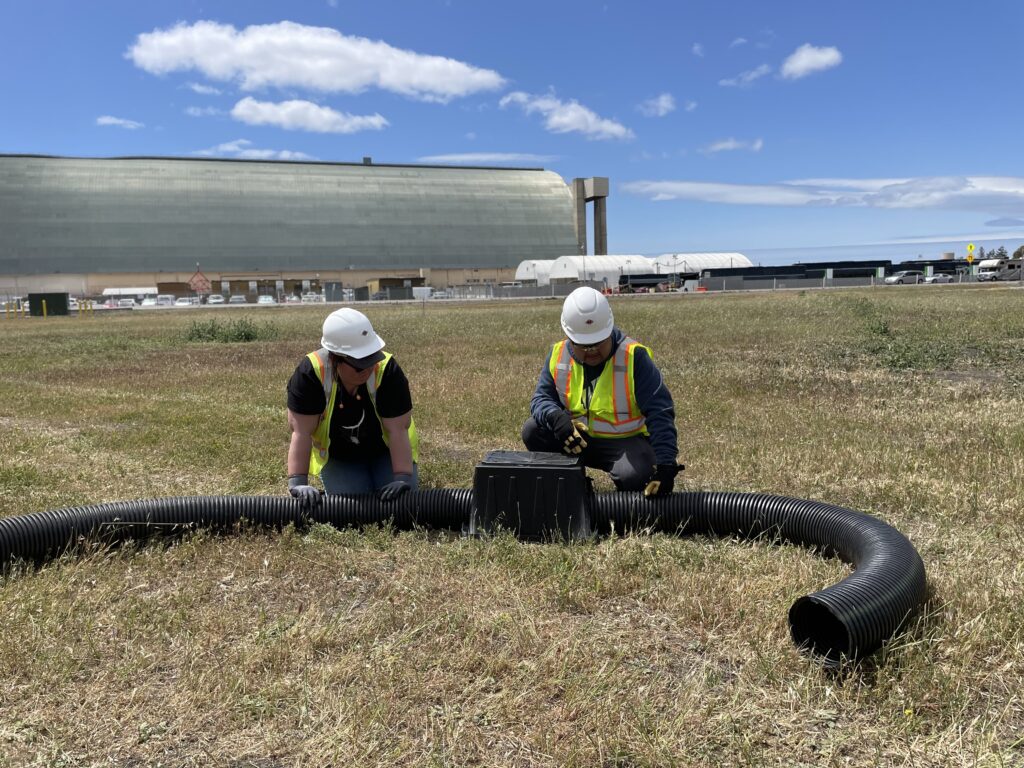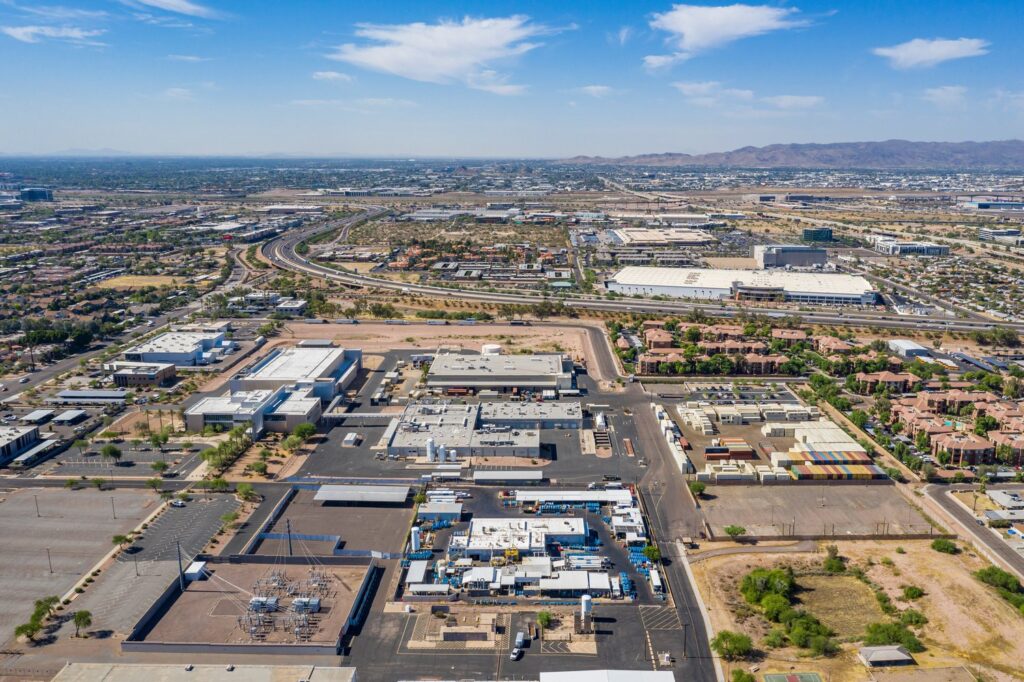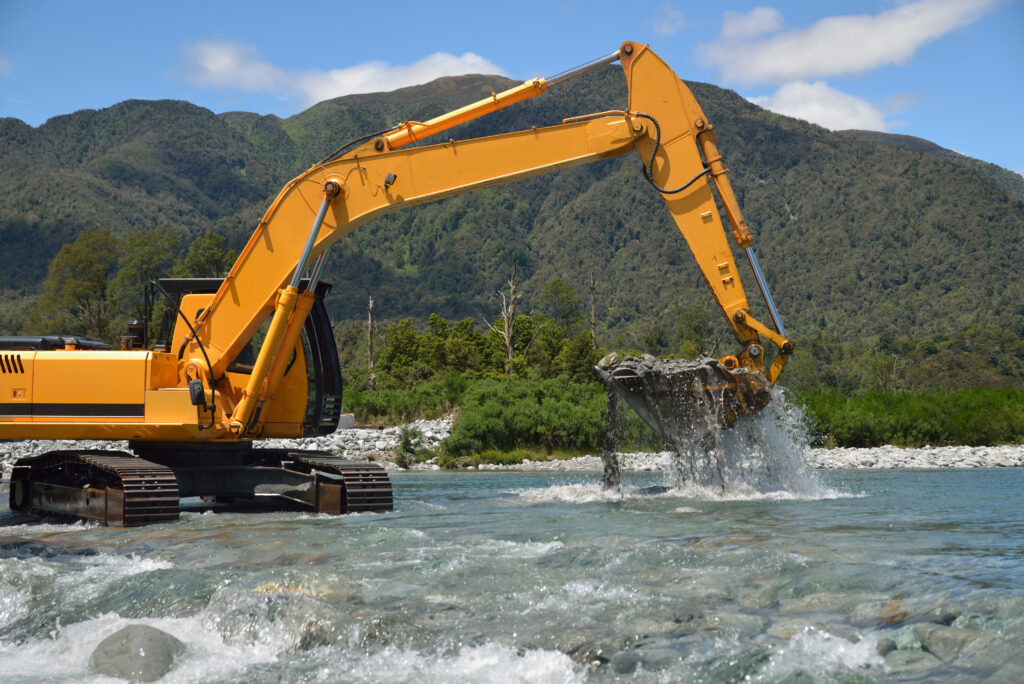The Adanta Wetland Restoration Project, located at the former Naval Air Station (NAS) Alameda Point, is a major ecological and construction endeavor that aims to restore and enhance wetlands that were affected during the development of the DVA Alameda Point Multi-Specialty Outpatient Clinic and Columbarium facility.
With a coverage area of roughly 624 acres, Adanta was not only tasked with the restoration of the existing wetlands but also the creation of new ones. The restoration project was developed as a standalone service contract, separate from the larger construction and grading project.
Adanta undertook extensive research and studies to establish baseline conditions and mitigate the environmental impact of the restoration effort. These studies encompassed habitat surveys, jurisdictional wetland delineations, and in-depth research on existing environmental legislation and mitigation guidelines.
During the project, Adanta used modern techniques such as soil solarization to control invasive vegetation effectively. This method, which had never been attempted on such a large scale before, resulted in significant time and financial savings. Moreover, it reduced the environmental impact by minimizing the need for herbicide application.
In addition, Adanta conducted comprehensive vegetation surveys and developed monitoring plans, which included soil and water sampling and solarization efficacy studies. This information was consolidated into comprehensive survey reports that informed both the landscape and planning plan, and the noxious weed abatement plan.
The ultimate goal of the project is to develop, enhance, and establish tidal wetlands at the DVA Alameda Point site and eradicate invasive weed species to promote the growth of native plants. This includes the installation of 8.0 acres of new tidal marsh and the enhancement of 14.8 acres of existing tidal wetlands.
However, the project faced several challenges, most notably, the widespread presence of noxious weeds and the need for significant amounts of water for soil solarization amid an intense fire season and drought. Through innovative solutions and the use of resources such as rented fire hoses and fire hydrants, the Adanta team overcame these obstacles.
As of its third year, the project is still ongoing, with an emphasis on maintaining the eradication of invasive species, monitoring and reporting, plant replacement, and the implementation of best management practices for plant restoration and erosion control.
The successful completion of the Adanta Wetland Restoration Project will not only achieve significant ecological benefits but also provide a model for future large-scale restoration projects. With its commitment to the environment, efficient communication, and innovative problem-solving approach, Adanta is setting a high standard for environmental restoration projects in the region and beyond.







